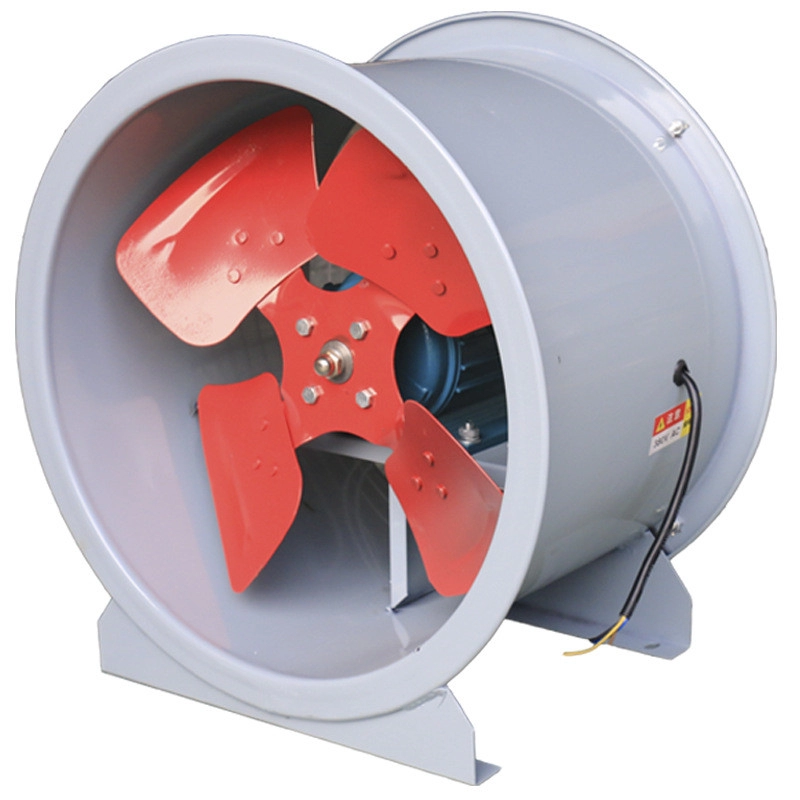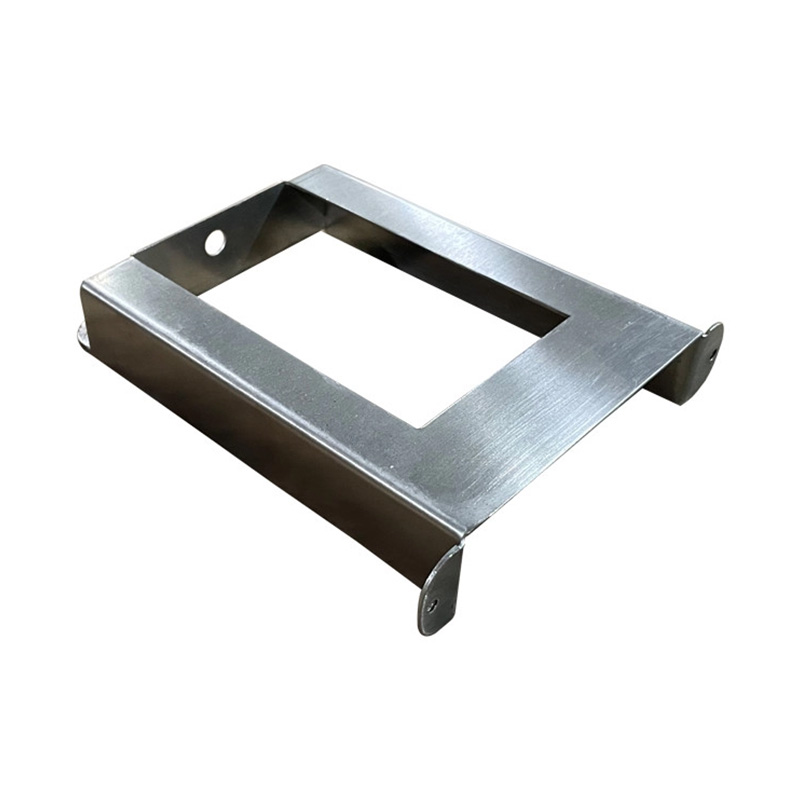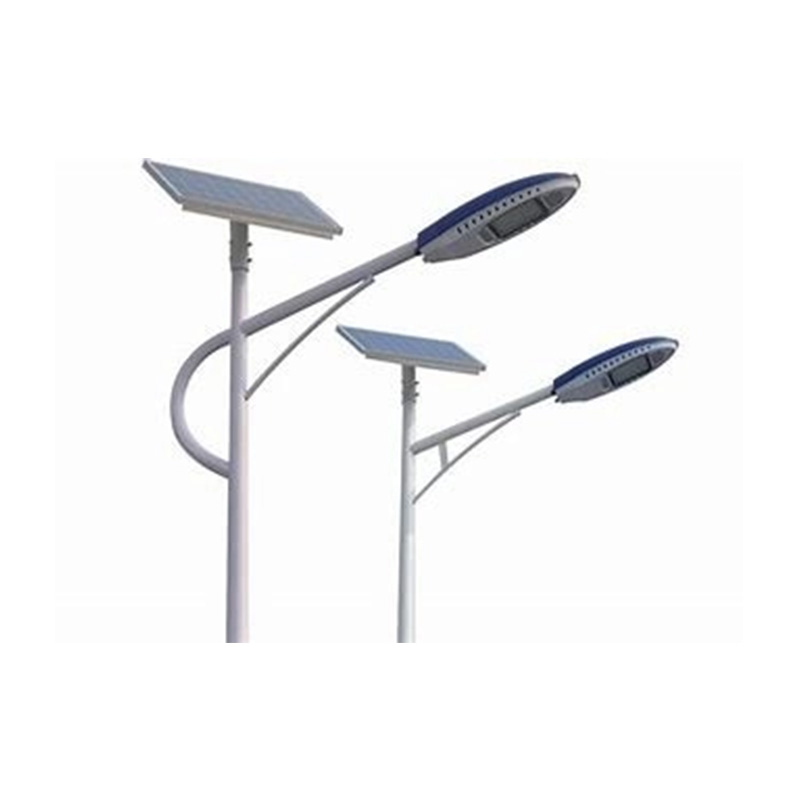Why Your Axial Exhaust Fan Needs Efficiency Tuning
Axial fans excel at moving large air volumes at low pressure, but common issues sabotage their performance. Counterintuitively, running at 100% speed constantly often reduces effectiveness. Key problems we see:
- Dust-clogged blades reducing airflow by 25%+
- Vibration from imbalanced components
- Improperly sized ducts creating backpressure
Our team measured a 40% efficiency drop in a 2025 textile factory case due to bent blades. Simple fixes restored original performance.
Tip 1: Optimize Blade Geometry & Angle
The Pitch Problem
Incorrect blade pitch angles waste energy. Solution: Match pitch to your static pressure needs. For example, 25-35° works best for most industrial exhaust applications.
Pro tip: Measure current draw – if it’s below nameplate rating, you might increase pitch for more airflow.
Tip 2: Implement Variable Frequency Drives (VFDs)
Constant-speed fans can’t adjust to demand. However, VFDs let your axial exhaust fan respond dynamically. Benefits:
- Energy savings up to 50% during partial loads (ACEEE study)
- Reduced motor wear from soft starts
- Precise airflow matching to process needs
Tip 3: Master Motor Maintenance
Problem: Overheating Motors
Dust buildup causes 68% of motor failures (EPRI). Solution: Quarterly cleaning with compressed air. Warning: Never use water on electric components!
Fun fact: For every 10°C reduction in operating temperature, motor life doubles.
Tip 4: Reduce Duct Resistance
Sharp bends and undersized ducts force fans to work harder. Surprisingly, just one 90° elbow equals 15 feet of straight duct resistance. Optimize by:
- Replacing sharp turns with gradual curves
- Keeping duct lengths under 20 feet
- Using smooth interior surfaces
Check industrial-grade axial exhaust fan solutions for high-resistance applications.
Tip 5: Balance & Align Components
Vibration wastes energy and causes premature failure. Follow this 5-step balancing guide:
- Clean blades thoroughly
- Check for visible damage
- Use laser alignment tools
- Add weights incrementally
- Verify vibration under 0.1 in/sec
“We’ve seen 25% energy reductions just by proper balancing” – Plant Engineer, Auto Manufacturing
Tip 6: Install Aerodynamic Accessories
Simple add-ons dramatically improve efficiency. Consider:
- Inlet bells (reduce turbulence by 40%)
- Outlet diffusers (recover static pressure)
- Anti-vortex rings
Axial vs. Centrifugal: Which Performs Better?
| Feature | Axial Exhaust Fan | Centrifugal Fan |
|---|---|---|
| Air Volume | High volume | Medium volume |
| Pressure Handling | Low-medium pressure | High pressure |
| Energy Efficiency | ★★★★☆ | ★★★☆☆ |
| Space Requirements | Compact | Bulky |
| Maintenance Cost | Lower | Higher |
Critical Mistakes to Avoid
⚠️ Warning: Never install without adequate straight duct runs! Minimum 1.5x fan diameter inlet, 2.5x outlet.
⚠️ Critical: Avoid mismatched components. Using a high-static motor on low-resistance systems wastes energy.
Case Study: Warehouse Ventilation Upgrade
A distribution center complained about hot spots despite twelve axial exhaust fans. We discovered:
- Dust accumulation reducing blade efficiency by 35%
- Improperly sequenced operation causing air short-circuiting
Solution: Implemented VFDs + automated cleaning cycles. Result: 28% energy savings and even temperature distribution.
Efficiency Optimization Checklist
- □ Verify blade angle matches application needs
- □ Clean blades and motor quarterly
- □ Check vibration levels with meter
- □ Inspect ductwork for restrictions
- □ Consider VFD installation
- □ Measure amp draw vs. nameplate rating
Axial Exhaust Fan FAQs
How often should I replace axial exhaust fan blades?
Typically 5-7 years with maintenance. Check annually for corrosion, cracks, or deformation – especially in harsh environments.
Can axial fans handle high-temperature air?
Standard models handle up to 140°F (60°C). For higher temps, specify high-temperature motors and bearings. Pro tip: Keep bearings below 180°F for optimal life.
Why is my axial exhaust fan vibrating excessively?
Common causes: Dust imbalance (60% of cases), worn bearings (25%), or structural resonance. Balance before replacing parts!
How much airflow improvement can I expect from these tips?
Properly optimized systems see 20-40% gains. One food plant achieved 39% more CFM/Watt after implementing our full checklist.







